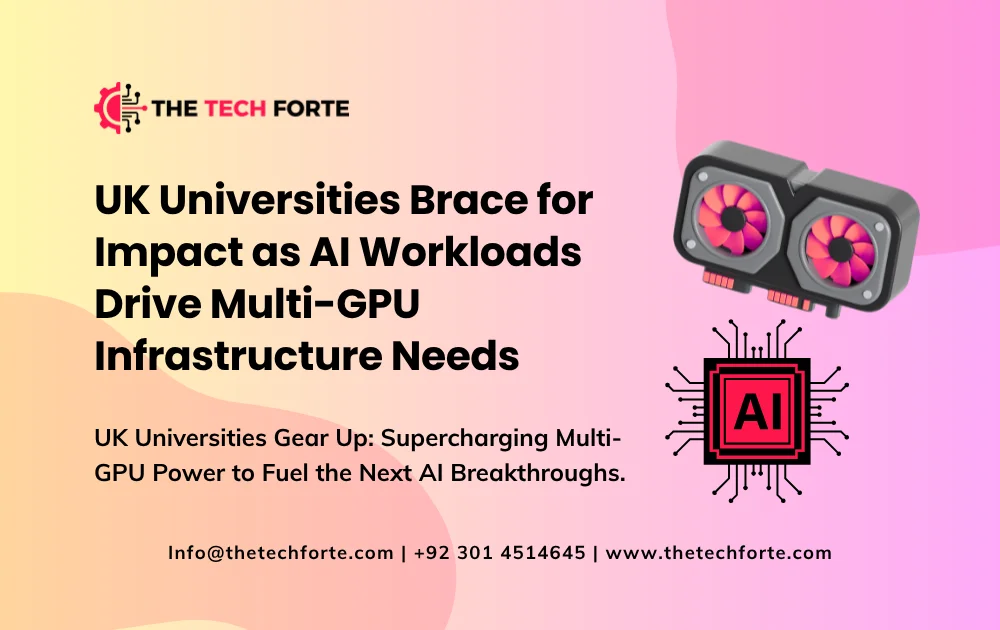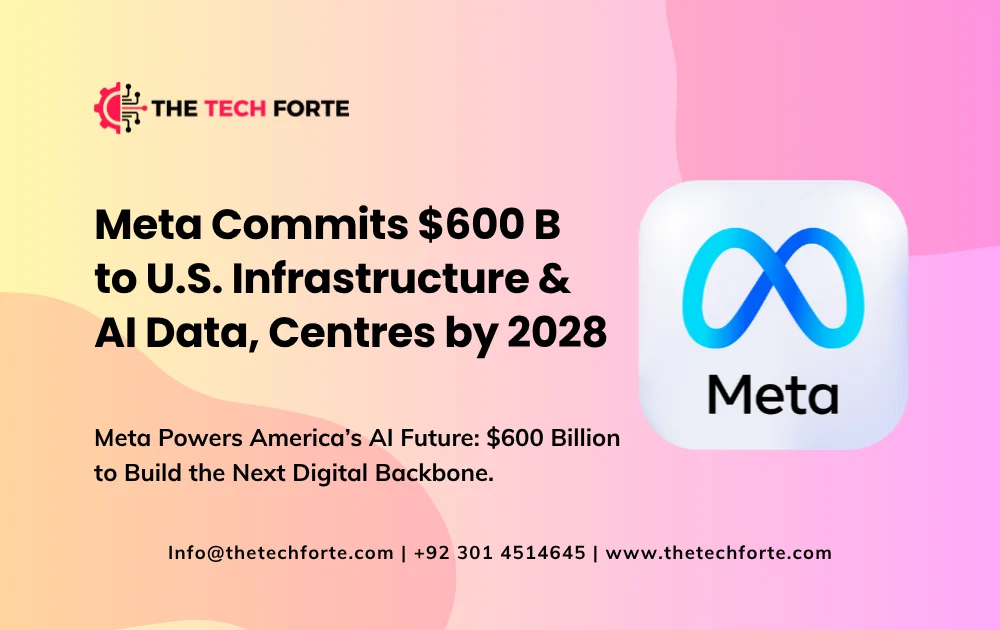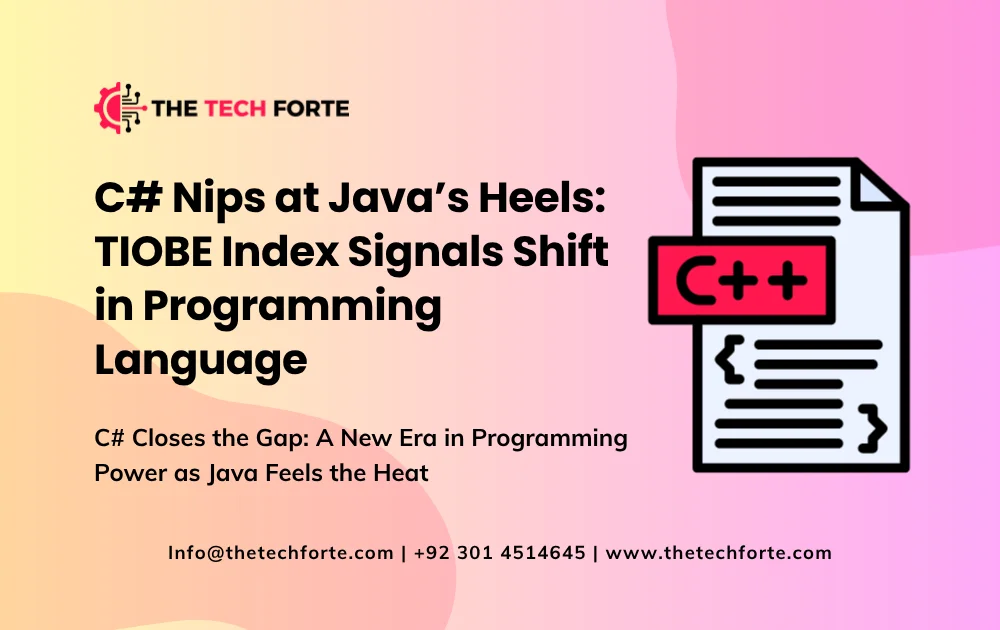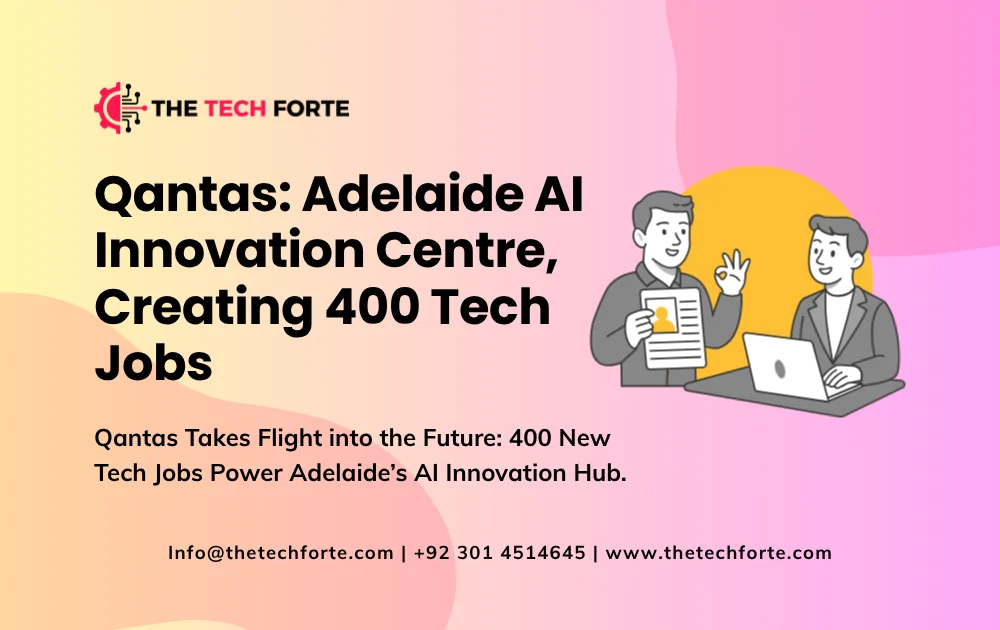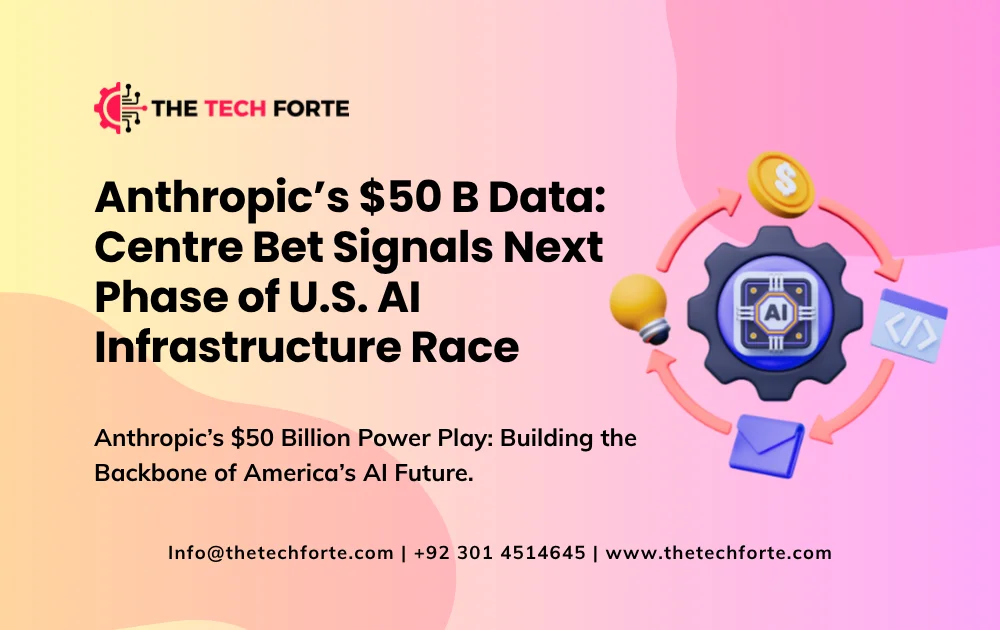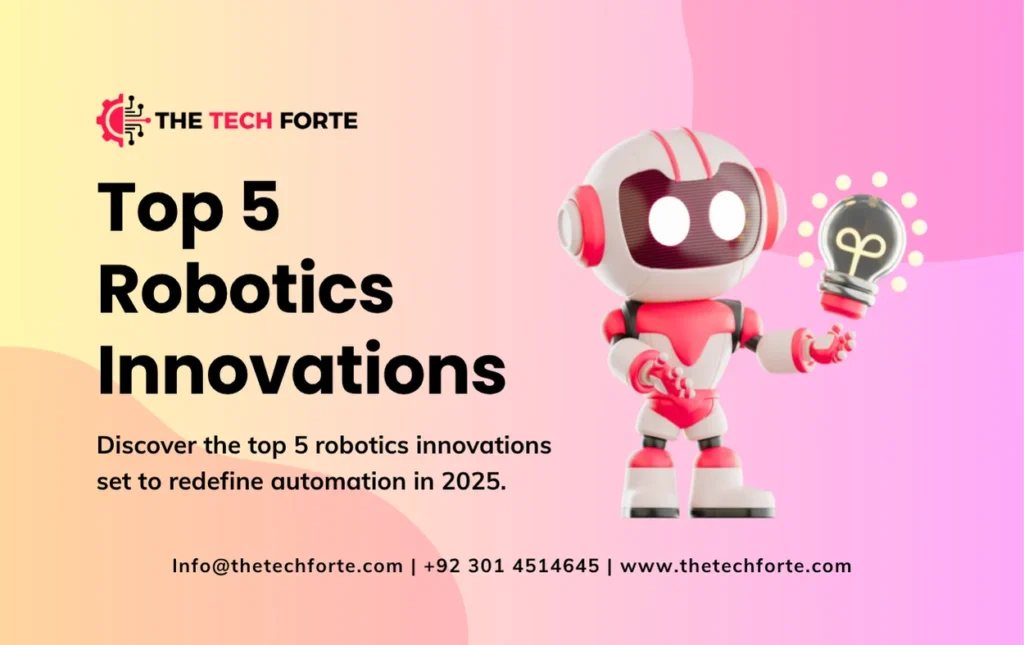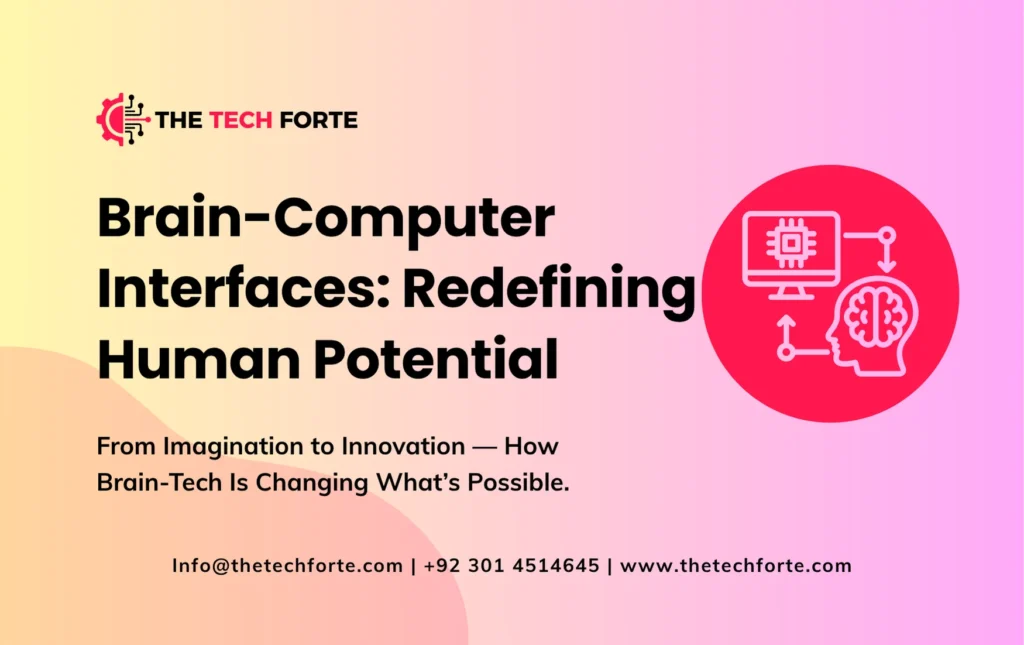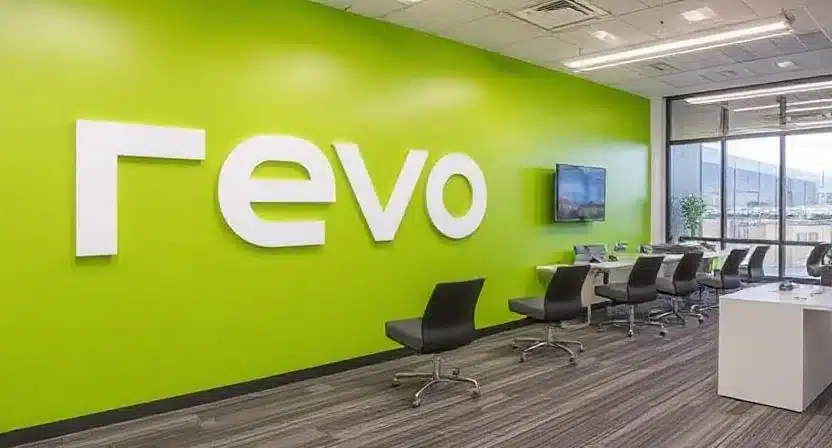Meta Commits $600 B to U.S. Infrastructure & AI Data-Centres by 2028

Meta has announced an unprecedented, company-level pledge to invest over US$600 billion in the United States through 2028, money earmarked for AI data centres, clean-energy projects, local community programs, and workforce development. The commitment radically ups the ante in the AI infrastructure race: it expands compute capacity, reshapes regional economies, tests power grids and sustainability promises, and forces competitors, regulators, and policymakers to respond.
Below is a deep, practical briefing that reads like enterprise/tech press coverage: what Meta said, what it has already started, how the spending will be financed and staged, the local economic impact, the energy and environmental trade-offs, the risks and execution challenges, and what this signals for the broader AI infrastructure arms race.
What did Meta actually announce?
Meta’s corporate blog and contemporaneous press coverage state the company will commit more than $600 billion in U.S. investments by 2028 to support AI technology and related infrastructure, most visibly by building a network of AI-optimised data centres across multiple states, broadening workforce programs, and expanding energy projects tied to those facilities. The corporate post frames the pledge as advancing “personal superintelligence” and shoring up American AI competitiveness.
The company has already pointed to specific and near-term projects that fit this strategy, including a near-$1 billion data-centre project in Wisconsin and a large Hyperion AI data-centre financing and build-out in Louisiana that has attracted multi-billion-dollar private financing.
Scale and frame: this is infrastructure at the nation-building scale
To appreciate the scale: $600 billion over roughly three years is comparable to a small national stimulus program. It covers land, civil works, buildings, network interconnect, tens (or hundreds) of megawatts to gigawatts of power capacity, tens of thousands of racks of specialised AI GPUs/accelerators, and local energy and grid upgrades. Meta’s prior comments and project details suggest these centres will include cutting-edge accelerators (NVIDIA-class GPUs and/or custom silicon), high-density racks, and ambitious power targets.
This is not merely “more cloud capacity.” Meta is signalling a vertical integration approach: design, site selection, long-term power contracts, dedicated infrastructure financing, ecosystem investments, and workforce programs effectively building an industrial-scale AI backbone inside the U.S. (Meta says it will prioritise U.S. sites).
Why now? Business logic behind the timing
Several forces converge to make this the logical time for heavy infrastructure bets:
- Explosive AI compute demand. New model architectures and enterprise AI use cases require more GPUs and low-latency inference capacity than typical cloud VM rental models comfortably supply. Meta needs predictable, optimised capacity for both training and inference.
- Control of the stack. Owning data centres, negotiating power directly with utilities, and co-designing cooling and interconnect gives Meta operating leverage and predictable unit economics versus purely renting cloud capacity.
- Geopolitics & industrial policy. U.S. policymakers and corporate narratives favour domestic infrastructure and technological sovereignty; Meta explicitly links the investments to U.S. competitiveness in AI.
- Market signalling & competition. Rivals (OpenAI partners, Microsoft, Google, Amazon, Anthropic, NVIDIA ecosystem players) are also ramping infrastructure; a large, visible pledge sets a strategic bar and locks in talent, supply chains and regional partnerships.
Where will the money go: projects and early examples
Meta’s public materials and reporting show a mix of projects already underway or announced:
- Large data-centre campuses. Meta has projects in multiple states; an example cited recently is a near-$1 billion development in central Wisconsin, part of a broader slate of facilities. These centres will serve both training and inference workloads and be optimised for AI-class hardware.
- Hyperion JV & financing. Meta has structured at least one very large project (Hyperion in Louisiana) as a joint venture and third-party financed asset: major asset managers (Pimco, BlackRock, Blue Owl) and private investors provided tens of billions in lending/credit facilities and equity to underwrite the build-out, with Meta operating or taking a minority stake in parts allowing scale without loading its balance sheet fully. The Hyperion project is explicit proof that third-party capital is willing to underwrite enormous AI sites.
- Power & renewables partnerships. Meta states a commitment to clean energy and has announced renewable procurements connected to data-centre builds; details suggest long-term PPAs and energy projects will accompany campus siting to satisfy sustainability goals and local regulators.
- Community & workforce programs. The company emphasizes job creation (construction, operations, engineering) and local training pipelines for technicians, electricians, and IT staff tied to each campus. Meta’s public messaging frames this as direct regional economic development.
Economic impact: jobs, tax revenues, and local multipliers
Meta’s blog and several reporters underline the local economic case: each new data-centre campus injects construction jobs, long-term operations roles, and indirect spending (suppliers, hospitality, professional services). Meta claims its investments will help create thousands of construction jobs and hundreds or thousands of operational roles per campus, and when aggregated across dozens of sites, this becomes a meaningful national employment impact.
But it’s important to separate headlines from durable local effects: construction jobs are temporary; the long-term operational headcount of large hyperscale data centres is modest relative to floor space (often hundreds rather than thousands). The more durable benefits come through supplier ecosystems, regional spending, and tax revenues, but those depend on procurement localisation, local hiring, and complementary regional policies. Independent reporting and economic modeling should be consulted for realistic multiplier expectations.
Financing the build: how Meta is spreading the cost and risk
$600bn is vast. Meta will not (and by most accounts cannot financially) carry every dollar as direct capital expenditure on its balance sheet at once. Recent project financing shows the playbook:
- Project finance and JV structures. The Hyperion example shows Meta using joint ventures and third-party capital (Blue Owl, Pimco, BlackRock, etc.) to raise tens of billions for individual projects, keeping leverage off the parent company while securing capacity. This allows scaling without straining Meta’s consolidated debt or capital ratios.
- Long-term power purchase agreements (PPAs) from utilities and renewable developers to stabilise energy costs and de-risk operating budgets.
- Supply chain contracting for racks, accelerators, and networking in multi-year commitments with chip suppliers and potentially in-house or co-designed silicon in some pockets. Meta’s previous spend on chips (publicly referenced in past briefings) suggests the company is prepared to buy or co-design large quantities of accelerators.
Energy and sustainability considerations: promises vs physics
Meta’s public announcement emphasizes sustainability: renewable energy deals, efficiency, and efforts to minimise local environmental impact. The company repeatedly frames the build-out as compatible with clean-energy goals and claims to be investing in energy infrastructure adjacent to data centres.
But at scale, these builds create real tensions:
- Gigawatt-scale power draws. Large AI campuses can require hundreds of megawatts each; Hyperion’s multi-gigawatt ambitions highlight how energy demand scales quickly and can stress regional grids. Building 2–5GW of incremental capacity in one region triggers transmission upgrades, generation procurement, and regulatory scrutiny.
- Renewables procurement limits. Procuring truly additional renewable energy (vs reallocating existing renewables) is challenging in the near term; supply constraints or grid limitations make achieving 100% new-renewable claims difficult in the short run. Expect complex PPAs, battery projects, and hybrid solutions.
- Water and cooling. High-density computing requires cooling systems (air, evaporative, liquid); water availability and local environmental regulations can constrain site choice.
Ultimately, the sustainability story hinges on credible, verifiable PPAs, new generation builds, grid investments, and transparency around scope-1/2 emissions accounting.
Execution risks and operational challenges
A pledge is only as valuable as its execution. Key operational and strategic risks include:
- Site permitting & community pushback. Local planning boards, environmental review, and community concerns (noise, water use, traffic) can slow or block projects.
- Grid readiness & timelines. Utilities must install or upgrade substations, transmission lines, and generation capacity, a process that can be slow and political.
- Hardware supply chain volatility. GPUs, interconnects, and power conversion hardware are in global demand; shortages or price spikes (or export controls) would delay deployments or raise costs.
- Cost overruns. Civil works, energy interconnection, and equipment costs can materially exceed early estimates. Financing partners will watch capex discipline closely.
- Regulatory & political risk. Antitrust, national security scrutiny, or state policy changes could complicate siting and operations, especially given the project’s national visibility.
Strategic implications for competitors and the AI ecosystem
Meta’s scale forces a strategic reaction from clouds (AWS, Azure, Google Cloud) and other AI players:
- Cloud vendor relationships change. Buyers who once leased raw servers may increasingly require hybrid offers: on-premises + cloud bursting + specialized inference nodes. Cloud vendors may deepen enterprise partnerships or carve out specialised low-latency tiers to compete.
- Hardware vendors win: if supply holds. NVIDIA, AMD, and custom silicon vendors will see sustained demand for accelerators and interconnects, which can drive price, power, and supply constraints.
- Regional infrastructure competition intensifies. States will compete for projects with tax incentives, workforce programs, and grid concessions, potentially catalyzing regional economic development but also raising concerns about a “race to the bottom” on incentives.
What regulators and policymakers should watch
This investment raises legitimate public policy questions:
- Grid resilience and prioritisation. Utilities, regulators, and federal agencies must plan for rapid demand growth and ensure consumer, industrial, and critical services are not compromised.
- Tax incentives & public benefit. Large incentives should be structured so communities receive durable benefits, training pipelines, supplier localisation, and shared infrastructure rather than temporary construction boosts.
- Workforce development. Meta’s pledge must be paired with public education and apprenticeship programs to turn headline job numbers into a prepared local labour force.
- Transparency and auditability. Given the public good implications (energy, environmental impact, and economic development), transparent reporting on energy sourcing, emissions, and local economic outcomes will be essential.
Bottom line: why this matters beyond Meta
Meta’s $600bn U.S. pledge is more than a corporate capex figure; it’s a structural bet on an AI-first enterprise economy anchored by physical infrastructure. If executed well, the investment could:
- Cement U.S. advantage in AI by localising massive compute and talent.
- Stimulate regional economic activity, supplier ecosystems, and technical job creation.
- Accelerate utility and renewables investment, if properly coordinated.
If executed poorly or without proper regional coordination, it could strain grids, generate community backlash, and leave regions with stranded assets or limited long-term benefits. Execution quality, financing discipline, and public-private coordination will determine whether cities and states win more than headlines.
What to monitor next (concrete milestones)
To judge whether the pledge is real and sustainable, watch for:
- Specific site announcements and permits (addresses, MW capacity, timelines).
- Project financing deals and JV terms (who owns what, who provides capital).
- Signed PPAs and new generation projects tied to campuses (shows credible renewables work).
- Hiring and workforce pipeline metrics (apprenticeship numbers, local hires).
- Public disclosures of capacity utilisation and emissions for major sites.
FAQs: pragmatic answers investors and policymakers will ask
Can Meta actually spend $600bn by 2028?
The headline is feasible only via a mix of direct capex, JV financed projects, third-party debt/equity, supplier commitments, and power/renewables investments staged over time. Project structures (e.g., Hyperion JV) demonstrate the model.
Will this guarantee U.S. AI leadership?
Infrastructure is necessary but not sufficient—leadership also requires talent, research ecosystems, regulatory frameworks, and enterprise adoption. The pledge strengthens the infrastructure pillar substantially.
Who wins and who loses?
Winners include hardware vendors, construction and regional suppliers, and communities that secure lasting supplier links. Potential losers include regions with constrained grid capacity or companies that cannot access scarce hardware or talent.
Final thought: an infrastructure moment for AI
Meta’s $600bn pledge reframes the AI race as an infrastructure contest. It’s a signal that the next decade of AI will be won not only by model architectures or datasets, but by the physical networks of compute, power, and people that underpin them. That reality elevates the role of utilities, regional planners, financiers, and local workforce programs in shaping which communities capture value from AI’s growth.
Expect headlines to be followed by detailed project filings, finance deals, and long public-policy debates about who benefits and who pays. That, more than the number itself, will determine whether this becomes a generational win or a cautionary tale about technology build-outs without aligned public purpose.




